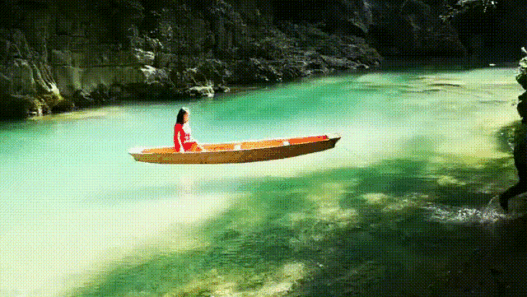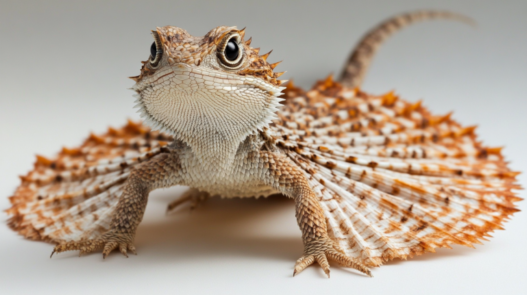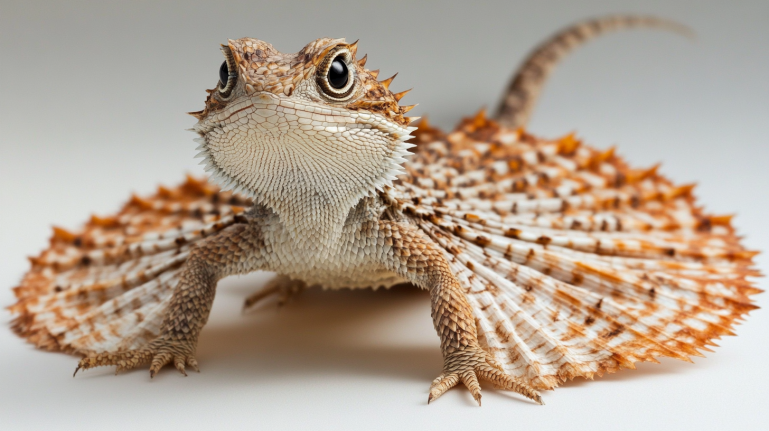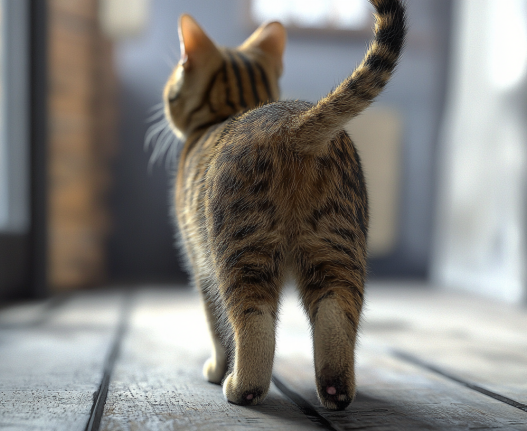In the competitive and often brutal world of nature, each animal has its unique survival tactics. Some rely on the strength of the group, others use their unique physical structures, while some have mastered extraordinary offense and defense strategies that make them true warriors. Today, we’ll dive into the lives of these incredible “brave fighters” who showcase intelligence and resilience in the face of adversity.
Musk Ox: Ancient Guardians of the Arctic
Musk oxen, native to the frigid Arctic regions, are quiet yet powerful warriors of the north. With thick, long fur that shields them from the cold, they serve as unwavering protectors of their environment. Their group defense strategy is a masterpiece of survival: When faced with a blizzard or predators, the adult musk oxen form a protective circle around their young, using their bulk to shield the vulnerable from freezing winds.
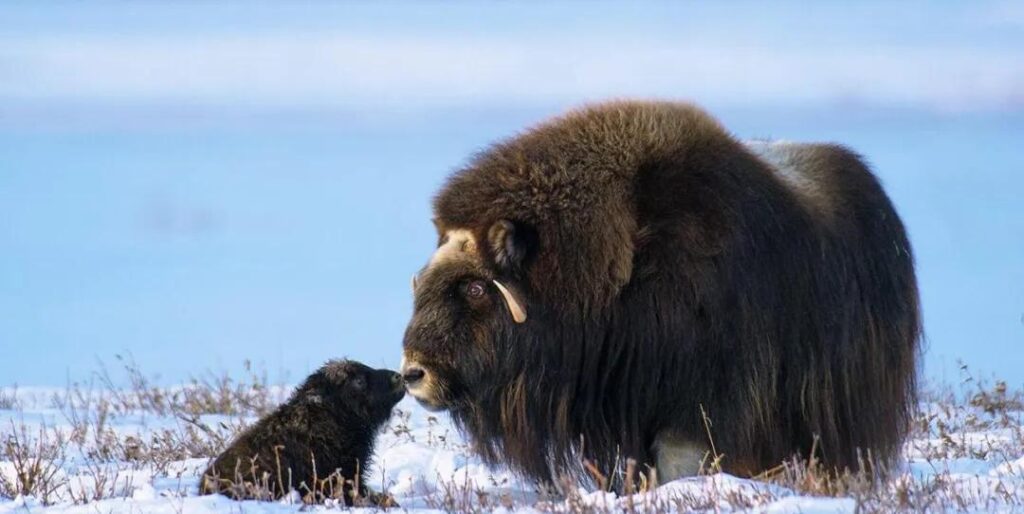
During mating season, male musk oxen release a musky scent from specialized glands around their eyes to attract females. Interestingly, females only give birth every other year, and the newborn calves display incredible adaptability, being able to stand and walk within an hour of birth. Musk oxen are energy-efficient creatures, requiring only one-sixth of the food intake of typical cattle, and they can even eat while resting and digesting, a crucial skill for surviving in the harsh Arctic environment for hundreds of thousands of years.
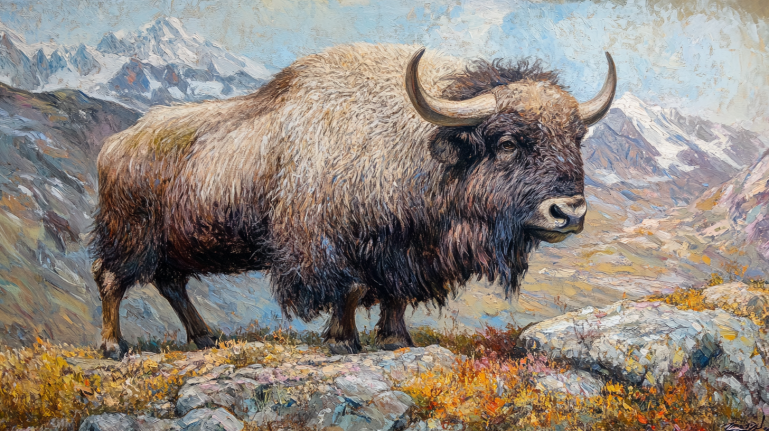
Frill-necked Lizard: The Master of Disguise
Native to the dry savannas and woodlands of northern Australia and southern New Guinea, the frill-necked lizard is a master of defense. Its most distinctive feature is the frill of skin around its neck. When threatened, the lizard rapidly expands this frill, creating the illusion of a much larger and more intimidating creature, effectively deterring potential predators.
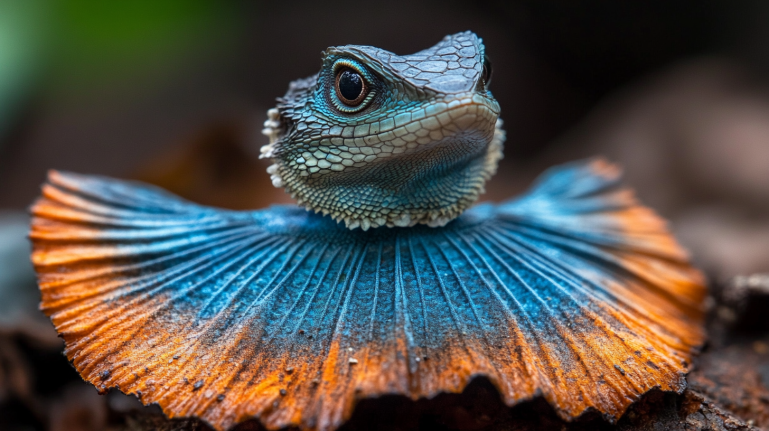
But the frill-necked lizard is not just a defensive expert; it’s also a skilled hunter. It preys on insects and smaller reptiles, sometimes even smaller lizards. The female lizards have a fascinating reproductive strategy; after mating, they can store sperm for years and fertilize their eggs when the time is right. This fascinating creature has become an icon in Australia, even being featured on the country’s coins, symbolizing its rich biodiversity.
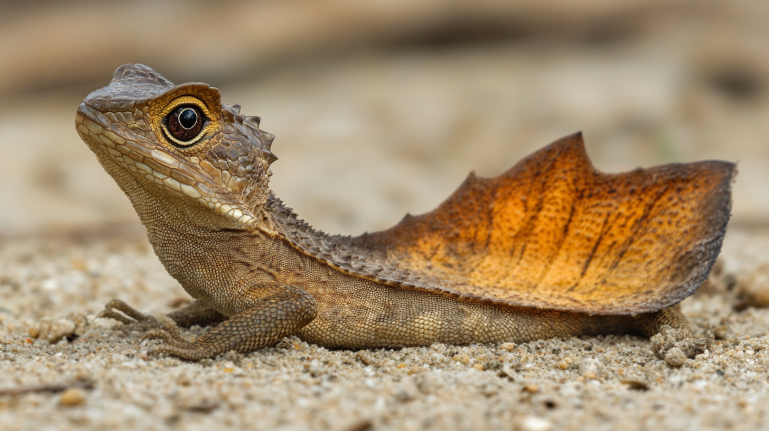
Brazilian Three-banded Armadillo: The Armored Warrior
In Brazil, the three-banded armadillo is a renowned defender of its territory. When threatened, it curls into a hard ball, using its bony armor to protect its soft underbelly. This simple but highly effective defense mechanism makes it almost impossible for predators to attack.
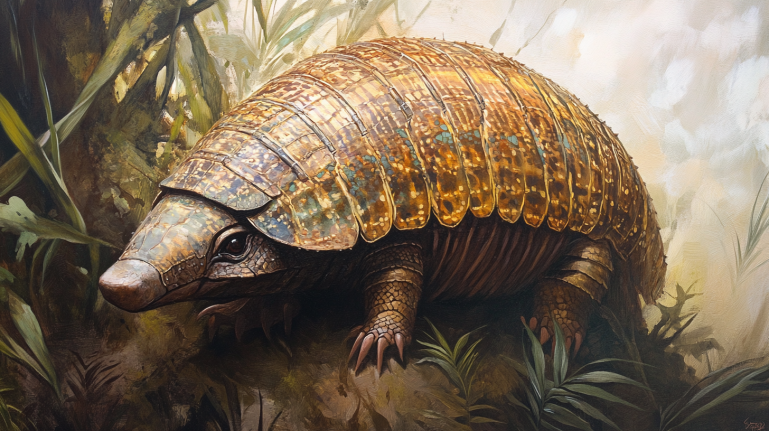
The armadillo’s flexibility and adaptability are equally impressive. It uses its sharp claws to dig burrows and navigate both above and below ground. Not only is the three-banded armadillo a key part of its ecosystem, but its unique form and behavior have also attracted the attention of countless researchers.
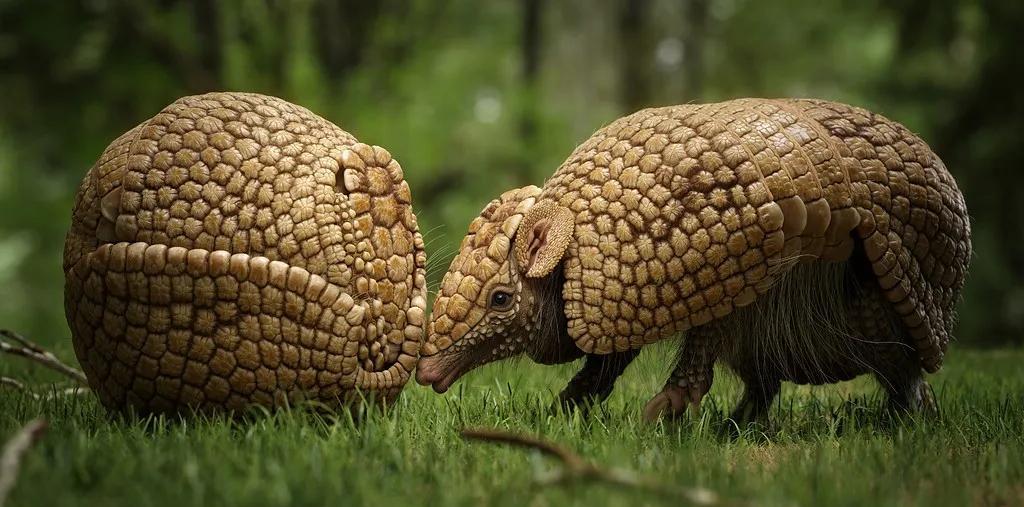
Skunk: The Chemical Warrior
Perhaps one of the most infamous creatures in the animal kingdom, the skunk uses its signature foul-smelling spray as a powerful chemical weapon to deter threats. When it feels threatened, the skunk will quickly turn around, stand on its hind legs, and shoot out its pungent spray. This defensive tactic is not only incredibly smelly but can also temporarily blind enemies, making it a true “trump card” in the world of animal defense.
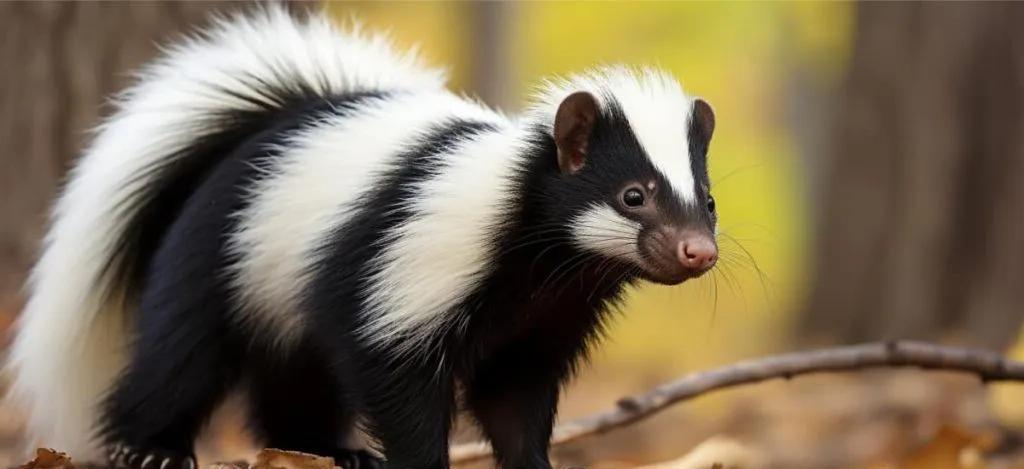
Despite its notorious odor, skunks are gentle creatures that thrive in the forests, plains, and deserts of North America. Their omnivorous diet and nocturnal lifestyle play an important role in controlling rodent and insect populations. However, skunks are also known carriers of rabies, making them a subject of significant concern in terms of wildlife disease management.
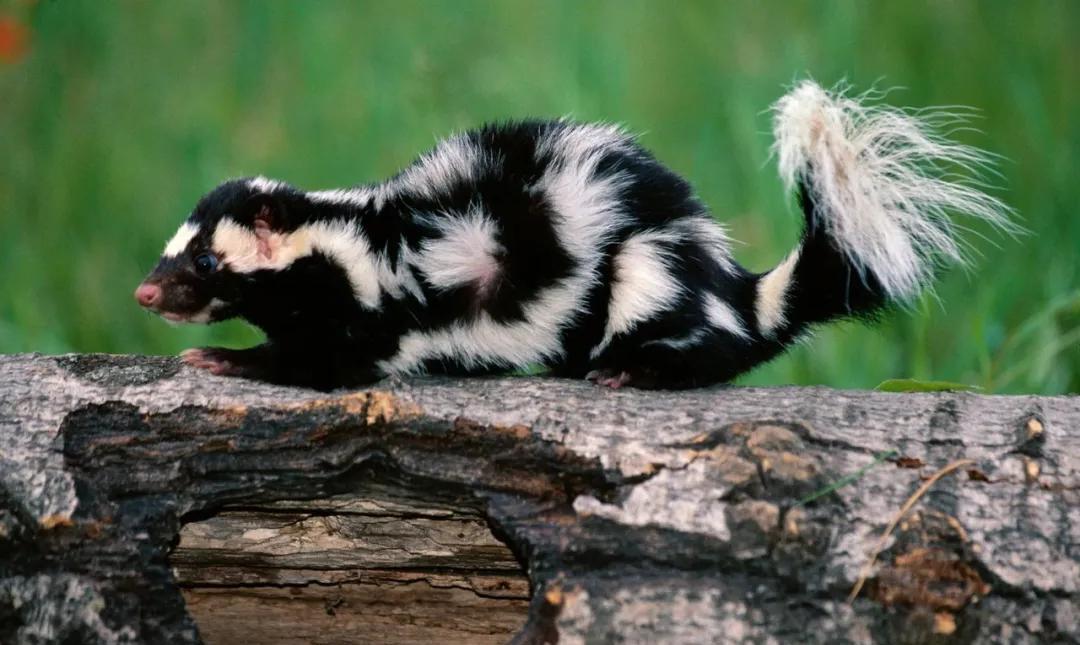
Giant Ground Pangolin: The Armored Lone Warrior
The giant ground pangolin, the largest member of the pangolin family, can grow up to 1.8 meters in length. Its body is covered in thick scales, and when threatened, it curls into a ball, using its sharp scales to deter predators. Known for its incredible defense capabilities, the pangolin is also an enemy of ants and termites, as it feeds on their nests and even consumes the larvae and eggs.
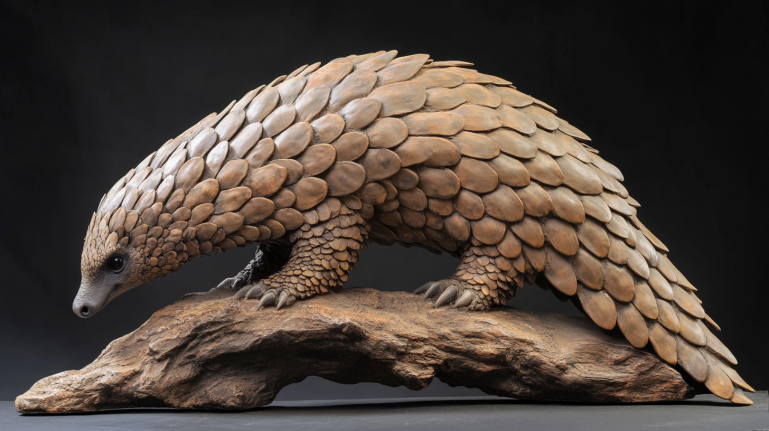
Sadly, due to human interference, giant ground pangolins are facing a critical decline in population. Their scales, highly prized in illegal markets, are one of the main causes of their poaching. Protecting these unique creatures has become an urgent global conservation priority.
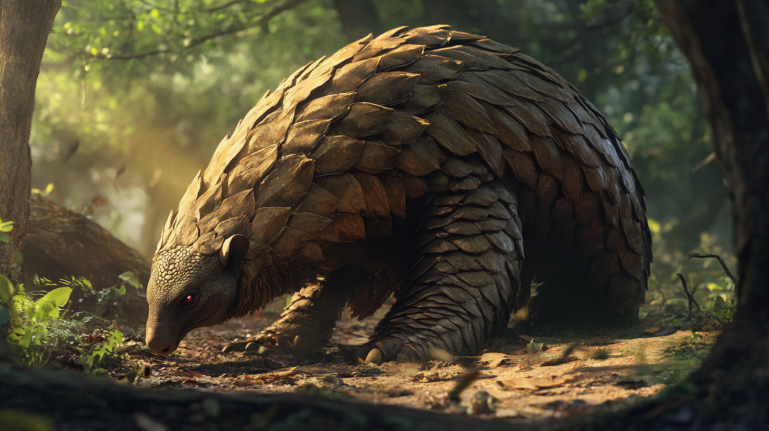
Sea Cucumber: The Flexible Strategist
Though seemingly insignificant, the sea cucumber is a remarkable survivor in the ocean. When threatened, some species eject their internal organs as a “decoy,” diverting the predator’s attention and allowing the sea cucumber to escape. This self-sacrificial tactic showcases its unique role in the marine ecosystem.
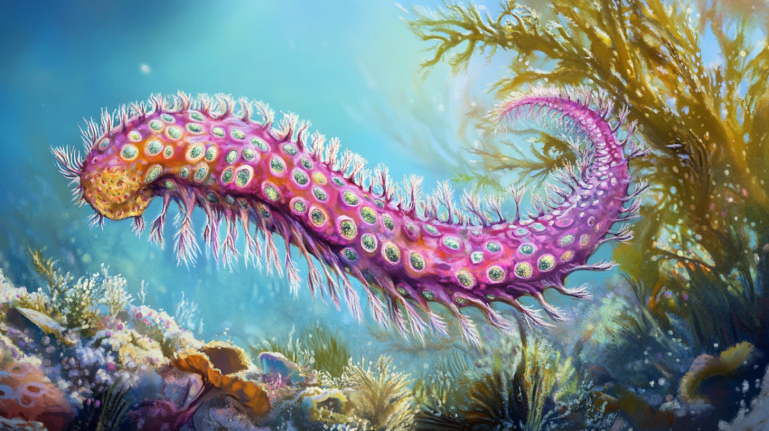
Sea cucumbers are found all over the world and play a crucial role in the ocean’s food chain. Their flexible body walls and impressive regenerative abilities make them one of nature’s most fascinating creatures.
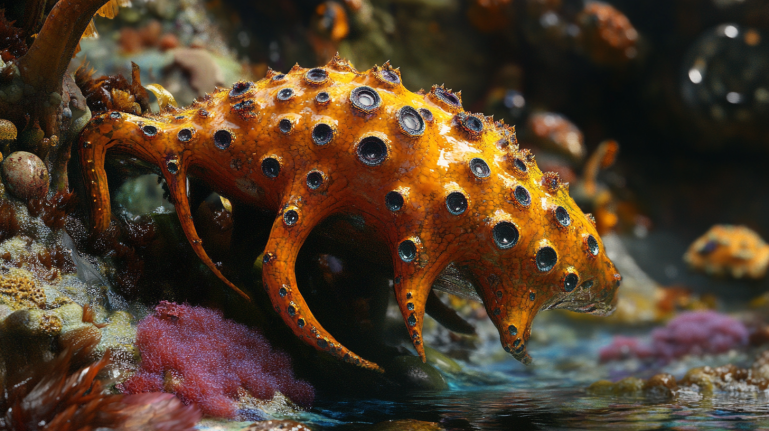
Yellow-margined Box Turtle: Nature’s Ultimate Defense
The yellow-margined box turtle, also known as the “self-closing turtle,” is a quiet but formidable defender. When danger approaches, it retracts into its shell and closes it completely with its hard back, making it almost impossible for predators to harm it.
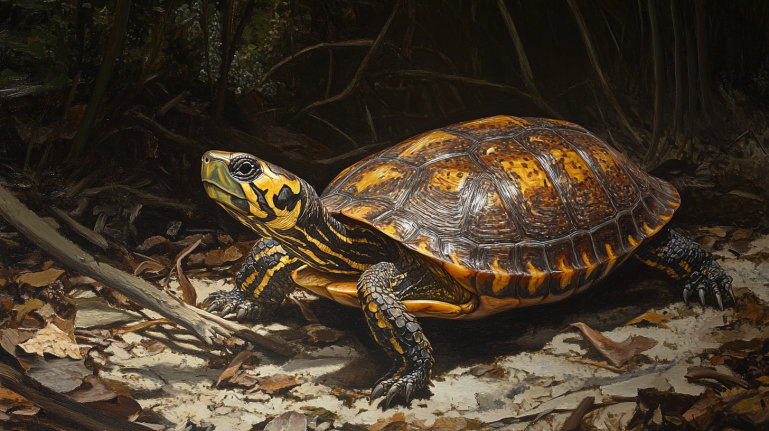
Native to the mountainous regions of southern China, the yellow-margined box turtle’s population has been rapidly declining due to habitat destruction and illegal poaching. Conservation efforts have been ramped up to protect this rare species, with several wildlife reserves now dedicated to their preservation.
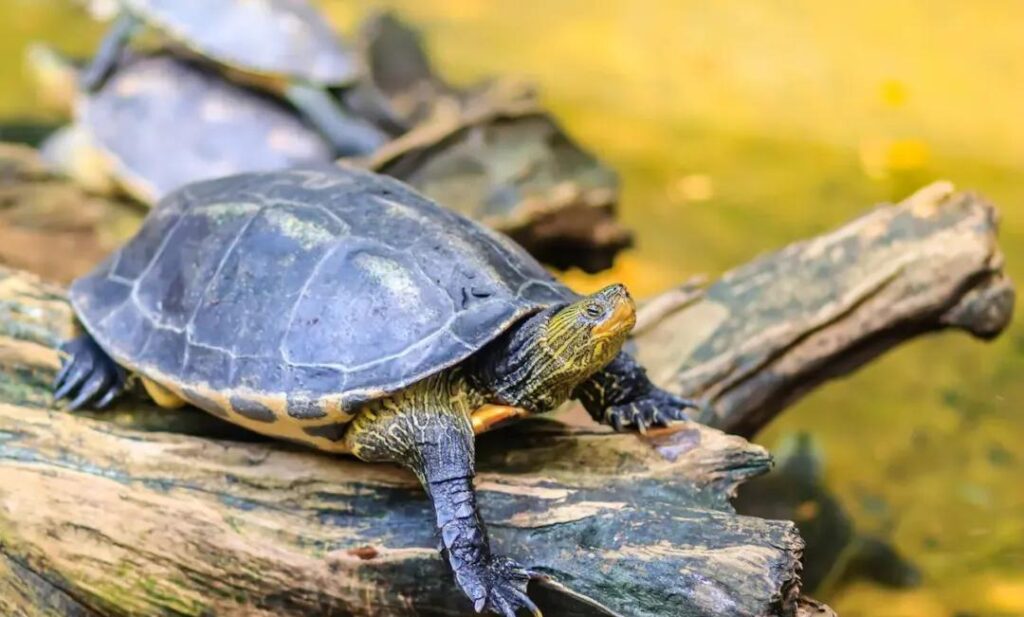
Conclusion
These “brave fighters” stand out in nature with their unique defense and offense strategies. They not only demonstrate the diversity and intelligence of life on Earth but also remind us that every species plays an essential role in our ecosystem. Many of these species are currently facing survival threats due to human activity. Protecting these “warriors” is not only a sign of respect for nature but also a commitment to the future of our planet.






